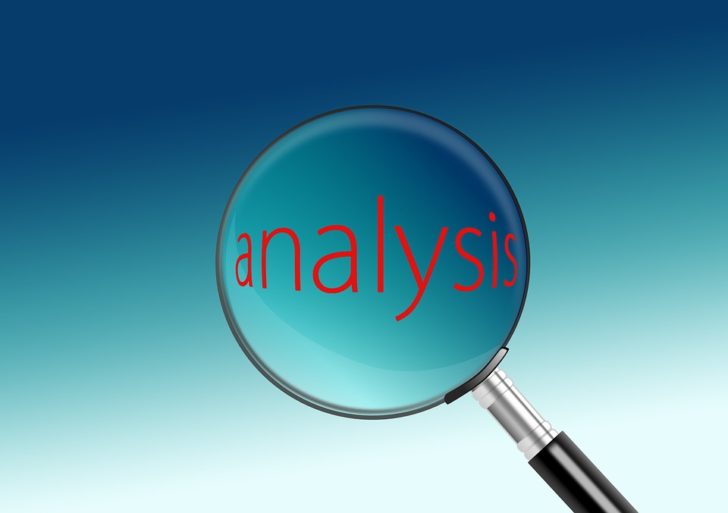Evaluierung von Nanorisk-assessements Tools

Eine aktuelle Studie evaluierte und verglich verschiedene Risk-Assessment Konzepte und Tools, welche die potenziellen EHS Risiken von Nanomaterialien bewerten. Keines der untersuchten Frameworks und Tools erfüllte dabei alle Evaluationskriterien. Gleichwohl konnte ein Trend zu Tools festgestellt werden, welche Protokolle für die Durchführung von Experimenten bereitstellen, und somit eine flexiblere und effizientere Untersuchung ermöglichen.
Nanotechnology is identified as a key emerging technology in the EU’s growth strategy, Europe 2020. It has great potential to contribute to innovation and economic growth and many of its applications have already received large investments. However, there are some uncertainties surrounding the environmental, health and safety risks of manufactured nanomaterials. For effective regulation, careful scientific analysis of their potential impacts is needed, as conducted through risk assessment exercises.
This study (Environment International, "Frameworks and tools for risk assessment of manufactured nanomaterials"), conducted under the EU-funded MARINA project1, reviewed existing frameworks and tools for risk assessing manufactured nanomaterials. The researchers define a framework as a ‘conceptual paradigm’ of how a risk assessment should be conducted and understood, and give the REACH chemical safety assessment as an example. Tools are defined as implements used to carry out a specific task or function, such as experimental protocols, computer models or databases.
In all, 12 frameworks and 48 tools were evaluated. These were identified from other studies and projects. The frameworks were assessed against eight criteria which represent different strengths, such as whether they consider properties specific to nanomaterials, whether they consider the entire life cycle of a nanomaterial and whether they include careful planning and prioritise objectives before the risk assessment is conducted.
The tools were assessed against seven criteria, such as ease of use, whether they provide quantitative information and if they clearly communicate uncertainty in their results. The researchers defined the criteria for both frameworks and tools by reviewing other studies and by interviewing staff at organisations who develop tools.
The evaluation was thus able to produce a list of strengths and areas for improvement for the frameworks and tools, based on whether they meet each of the criteria. Among its many findings, the evaluation showed that most of the frameworks stress that ‘problem formulation’, which sets the goals and scope of an assessment during the planning process, is essential to avoid unnecessary testing. In addition, most frameworks consider routes of exposure in the initial stages of assessment, which is beneficial as it can exclude irrelevant exposure routes and avoid unnecessary tests.
However, none of the frameworks met all eight of the criteria. The study therefore recommends that a new, comprehensive framework is developed that meets all criteria. Such a framework is needed to inform regulation, the researchers say, and should integrate human health and environmental factors, and cover all stages of the life cycle of a product containing nanomaterials.
The evaluation of the tools suggested that many of them are designed to screen risks, and not necessarily to support regulatory risk assessment. However, their strengths include a growing trend in quantitative models, which can assess uncertainty; for example, one tool analysed can identify uncertainties in its results that are due to gaps in knowledge about a material’s origin, characteristics and use.
The researchers also identified a growing trend in tools that provide protocols for experiments, such as identifying materials and test hazards, which are reproducible across laboratories. These tools could lead to a shift from expensive case-by-case testing for risk assessment of manufactured nanomaterials towards a more efficient process based on groupings of nanomaterials; and ‘read-across’ methods, where the properties of one material can be inferred without testing, based on the known properties of a similar material.
The researchers do note, however, that although read-across methods are well established for chemical substances, they are still being developed for nanomaterials. To improve nanomaterial read-across methods, they suggest that more data are needed on the links between nanomaterials’ specific properties and their biological effects.
Quelle Artikel: Nanowerk News
Quelle Bild: pixabay